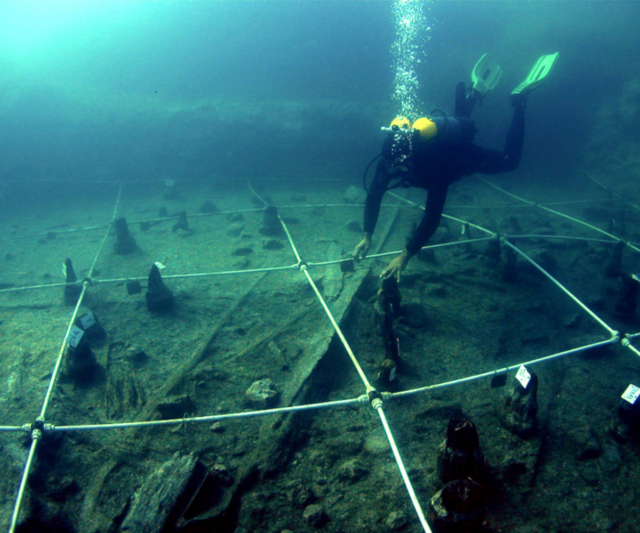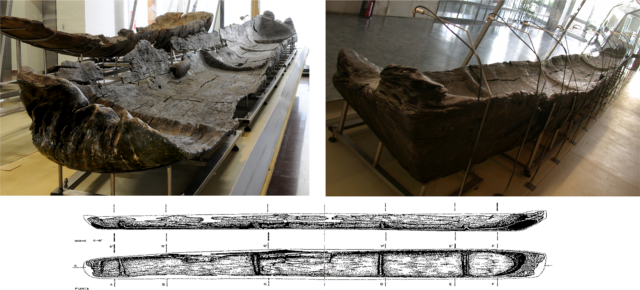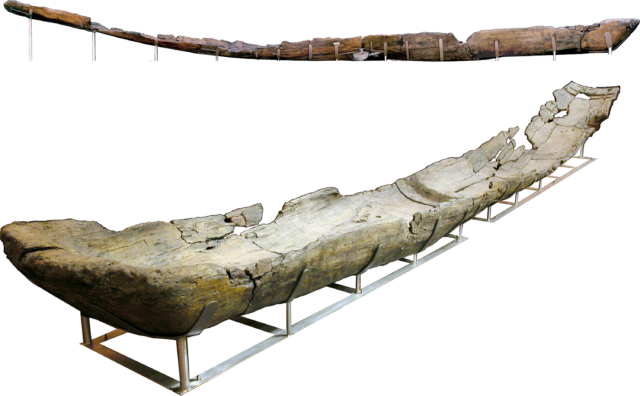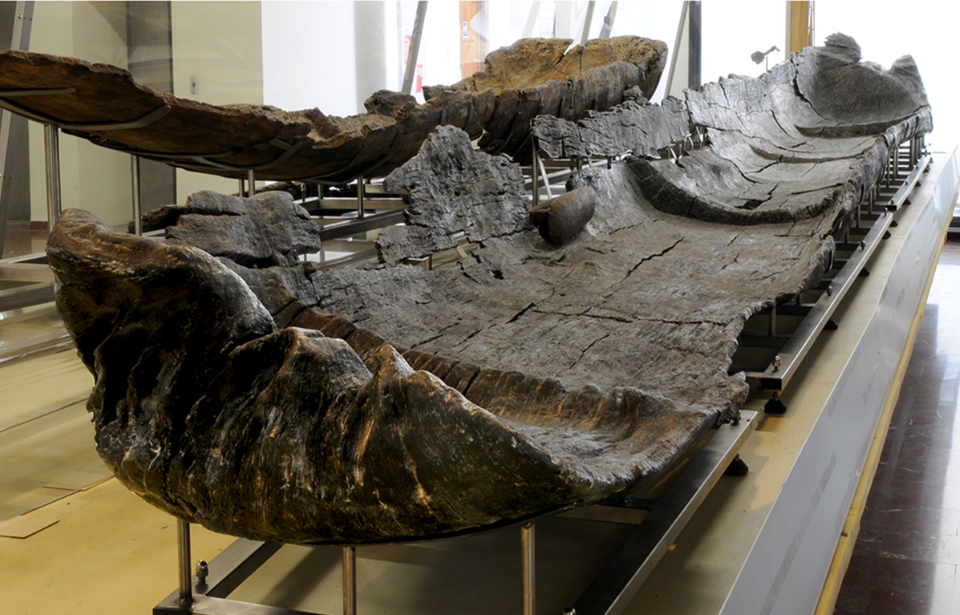In an area already known to be teeming with ancient discoveries, archaeologists managed to unearth the unexpected: five ancient canoes in relatively great shape. Surprised by their discovery, researchers believe they helped to shed some light on the way people of the Neolithic period lived. They also hope to find more discoveries in the history-rich area in the future.
Archaeologists made an incredible discovery

Archaeologists were excavating the shores of Lake Bracciano in Italy when they stumbled upon an incredible discovery. The underwater site, named La Marmotta, has been excavated since 1989 and over the last 20 years has turned up several important artifacts from a long and distant past. However, this might be the most important yet. They discovered five ancient wooden canoes dating back between 5,100 and 5,700 BC. Alongside the canoes were other objects, some of which were likely used as wooden rudders or oars.
These canoes are the oldest to be found in the Mediterranean Basin, which is connected to the sea via the Arrone River. They were made from a variety of woods, including alder, oak, poplar, and European beech, and were carved with “polished adzes and axes.” The canoes surprised researchers upon their discovery. “La Marmotta is an exceptional archaeological site,” said Juan F. Gibaja, one of the study authors. “Many things are preserved there that we never find in a terrestrial site: canoes, wooden houses, bows, sickles, etc. I never imagined that those prehistoric societies had the technological capacity to make such large and complex canoes. They were communities with extraordinary knowledge, much more advanced than we had imagined.”
The canoes were impressively made

As there were multiple canoes found, researchers determined that their size and build suggest various functions. For example, “Canoe Marmotta 1” was found to have “four transversal reinforcements” that served to fortify the canoe’s hull. As such, researchers believe that it had multiple purposes, including possibly as a sailboat, a catamaran, and a canoe. The size may have offered “safety and stability” when used for “the transport of people, animals, and goods.”
The second canoe was also rather large, believed to have also been used for multiple purposes. “Judging by its size and shape, it is thought to have been a fishing boat, or used to gather plant resources and transport people and small animals on the lake, or even on the sea,” Gibaja explained. “These are very large canoes that allowed for easy travel along the coast.” The smaller canoes, however, differed from the others as they were likely used solely for fishing.
They offer insights into the past

The find helps to illuminate the lives of people from the Neolithic period and also the kinds of technology and knowledge they had at their disposal at the time. “Neolithic communities originally come from the Eastern Mediterranean,” Gibaja explained. “They must have had a thorough knowledge of the sea. On certain occasions, some groups had to move to new territories, and these canoes allowed for swift journeys… When they changed territories, they would take their families and goods with them.”
More from us: Divers Made an Incredible Discovery Near the Titanic Shipwreck
Researchers hope further discoveries in the area will provide even more information in the future. “There is a lot of material to analyze,” Gibaja concluded. “There are thousands of archaeological remains, most of which are unpublished. The team consists of more than 50 researchers from many countries who are working to better understand those early Neolithic farming and pastoralist groups. Our goal is for the scientific community and the general public… to learn about what we discover so that they can better understand their past.”
Check out our newest newsletter: “Today in History.” Get your daily dose of trivia, nostalgia, and fascinating facts directly to your inbox. Start your mornings off with a piece of history linked to the very day we send it. Always free and easy to cancel. Subscribe today and join us on a daily stroll through time.
